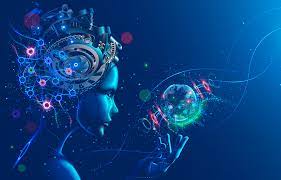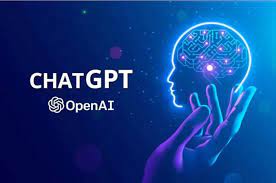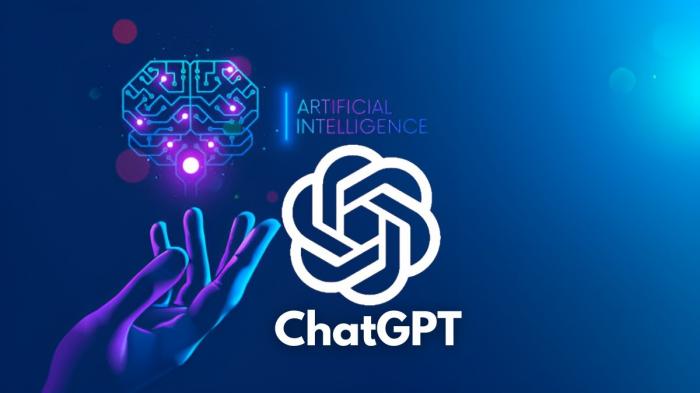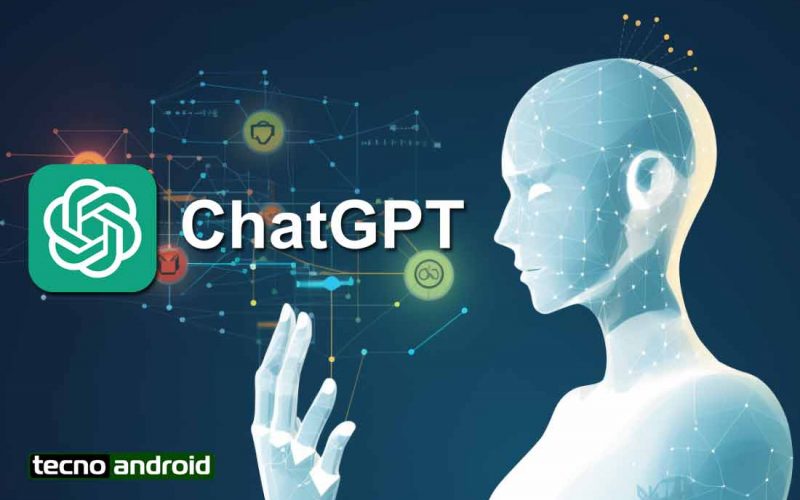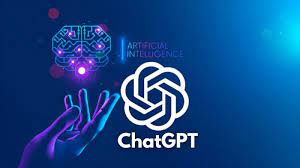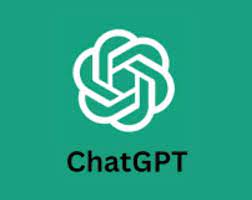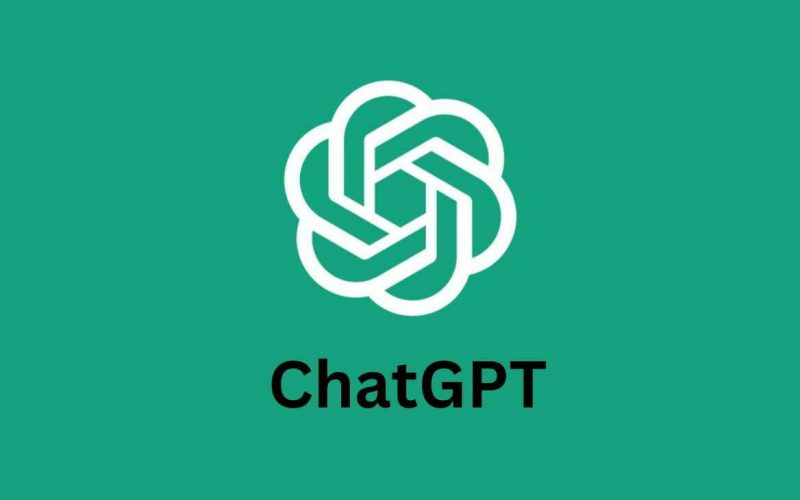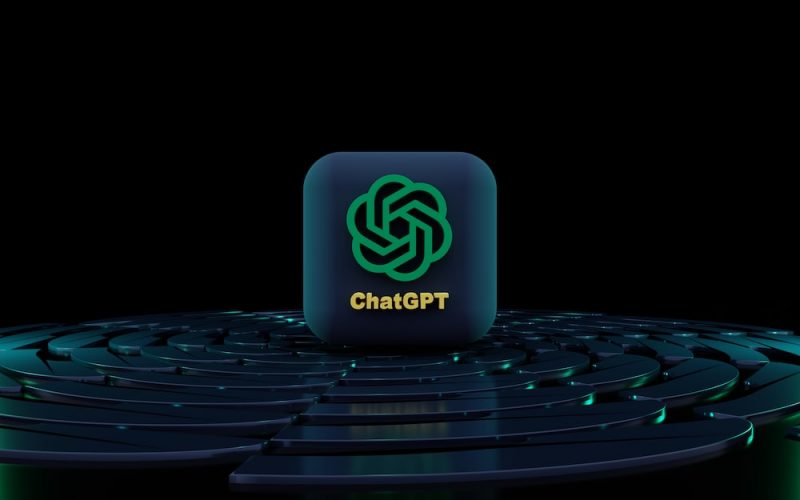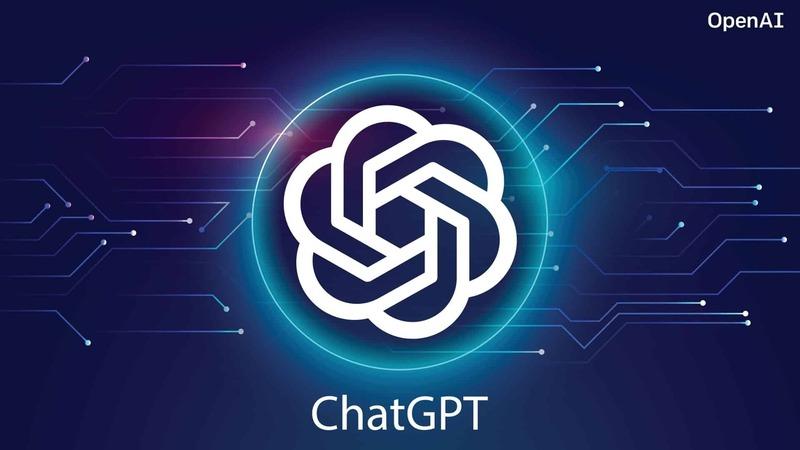23
Oct
Training GPT models, including for chatbot applications, involves several strategies and techniques to optimize their performance. Here are some key training strategies and techniques for GPT models: Transfer learning: GPT models are often pre-trained on large-scale datasets from diverse sources, such as books, articles, or web text, using unsupervised learning. This pre-training phase helps the model learn language patterns, grammar, and general knowledge. The pre-trained model can then be fine-tuned on specific tasks, such as chatbot interactions, using supervised learning. Fine-tuning: After pre-training, the GPT model is fine-tuned on a task-specific dataset, which consists of conversational data pairs. During fine-tuning,…

